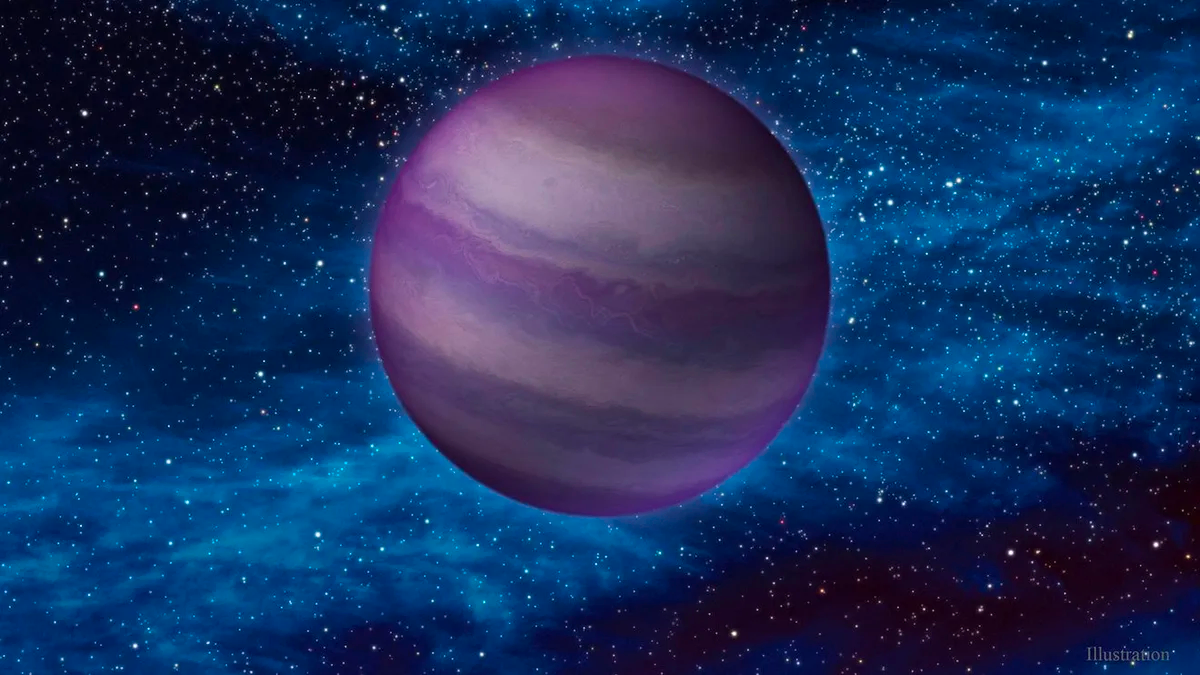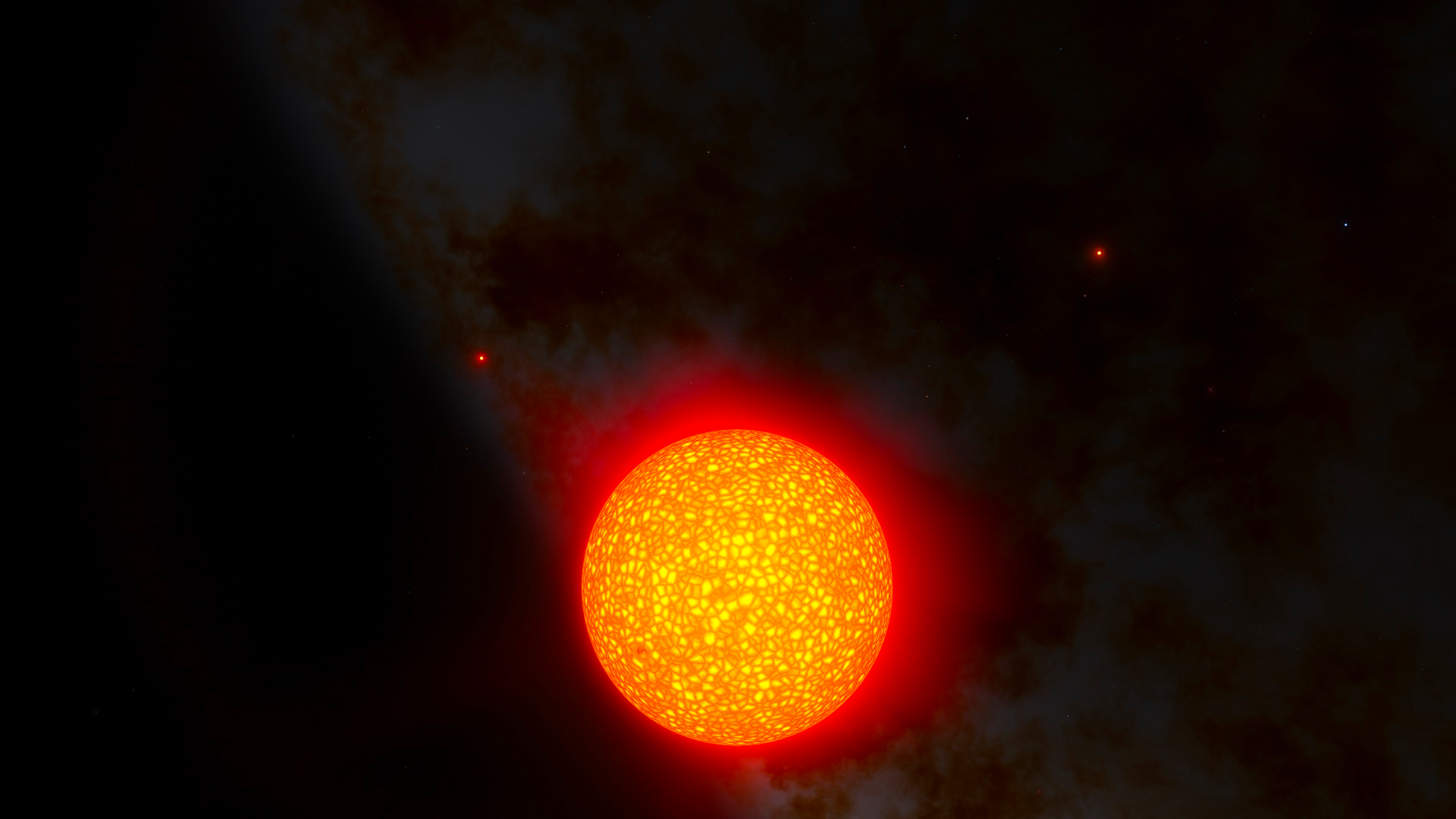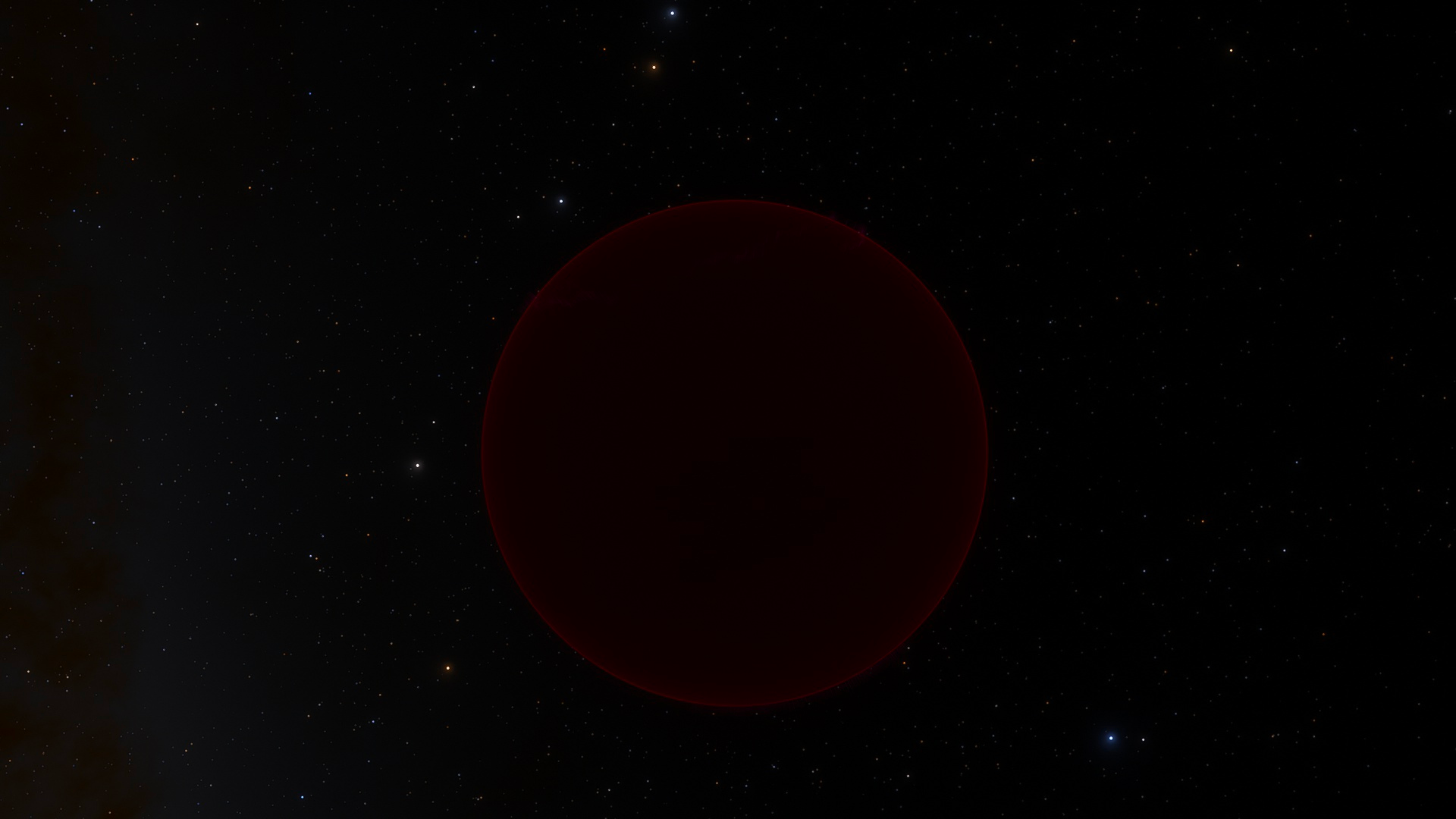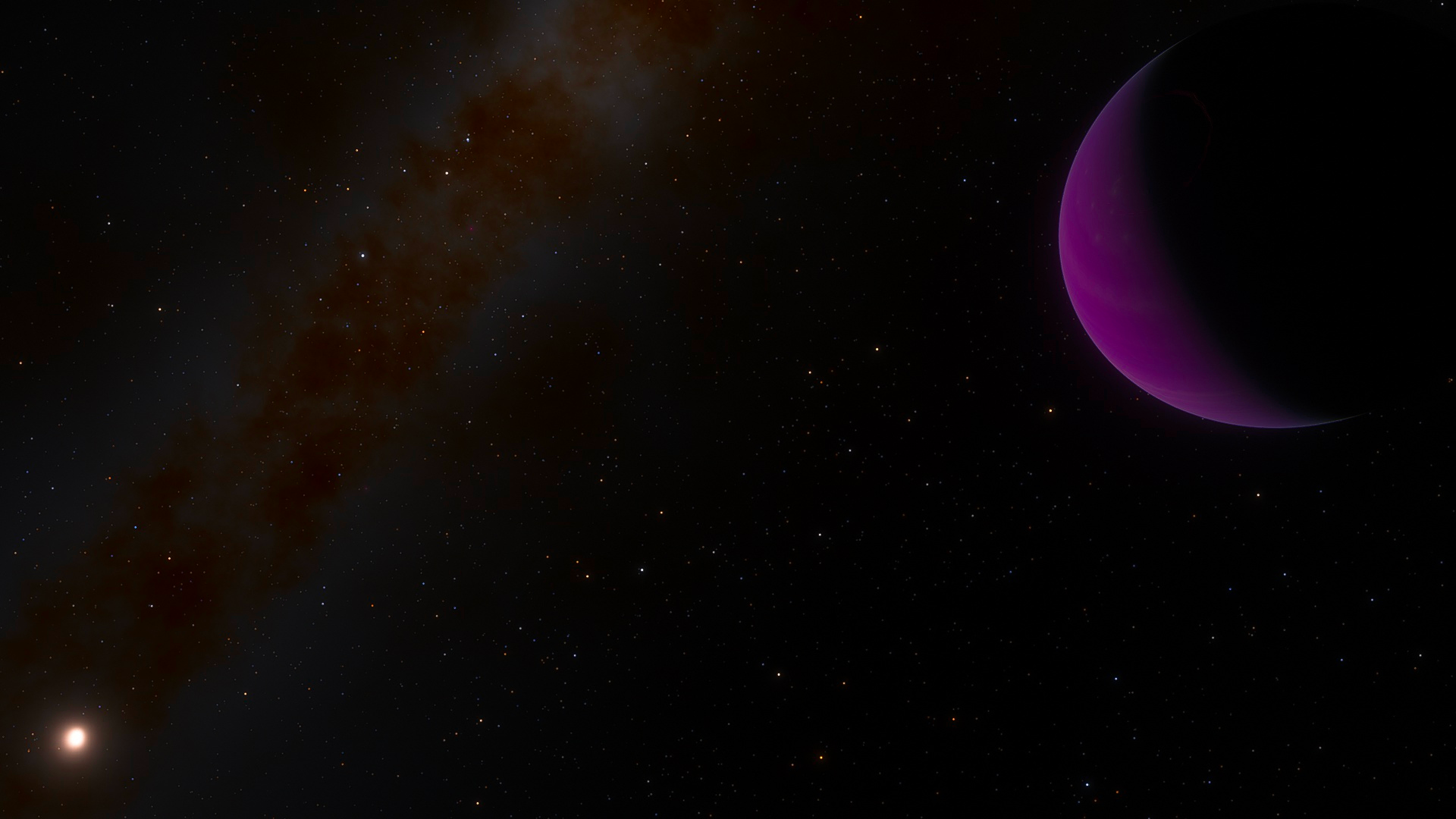Not every star is created equal. Some go on to, quite literally, be stars of the stellar world, burning blue, bright, fast, dead. Others prefer a more standard route, living a fulfilled life, maybe for a couple tens of billions of years, then dying, surrounded by their planets. Red dwarves just seem to live forever - we haven’t even seen the first ones die yet!
Come the misfits. The ‘burnouts’ - what was once an active, outgoing protostar now reduced to a cooling husk, only visible in the far infrared - the Brown Dwarfs.

As brown dwarfs cool, their spectra shift from the visible, to the infrared, all the way to the radio! Astronomers, in response to this, have chosen to split the brown dwarf into three classifications, essentially extending the HR Diagram.
First, the L-Type Star. This classification refers to stars with temperatures of 1500-2300 Kelvins, so some cooler, hydrogen-burning stars are sometimes given L-type classifications!

These stars often retain the granular surface we see on other stars - just much larger proportionally to the star’s size, showing convective cells. Sometimes, these dwarves have a timeline to them - fusion happens at a temperature of 3 million kelvins, and if the star is only just able to cross the threshold, a buildup of degenerate helium will eventually stop fusion altogether, allowing the star to cool.
The T-type star represents brown dwarves with temperatures between 700-1300 kelvins.

For some reason, some brown dwarves are also known to emit X-Rays - but being so dim, there’s no way you can explain that emission with the black-body spectrum. So what’s going on?
There’s a specific quirk these stars have - they’ve got really, really profound lithium ionisation lines. Lithium’s actually produced in small amounts by the proton-proton chain, but being an intermediary stage it doesn’t last for long. For T-Type stars, they’ve still got the lithium from the chain, but because the star isn’t hot enough to facilitate the remainder of the fusion chain, it doesn’t continue fusing to helium. Lithium ions emit a line known as the Kα (K-alpha) line, which is in the X-Rays, and we’re back to where we started!

The Y-type star represents the coolest of the cool, with temperatures comparable to the Earth’s surface. In fact, the coldest brown dwarf we’ve seen is the aptly-named WISE J085510.83−071442.5, a Y4V brown dwarf with a temperature of 285 kelvins - or 12 degrees. Yes, ‘stars’ can get this cold.
Most of the time, we use radio telescopes to get images of these stars. There’s a lot more to space than we really know - and these invisible objects are the first on our list!
All images taken on SpaceEngine. Like what you see? Feel free to subscribe to our blog to receive updates whenever I post.